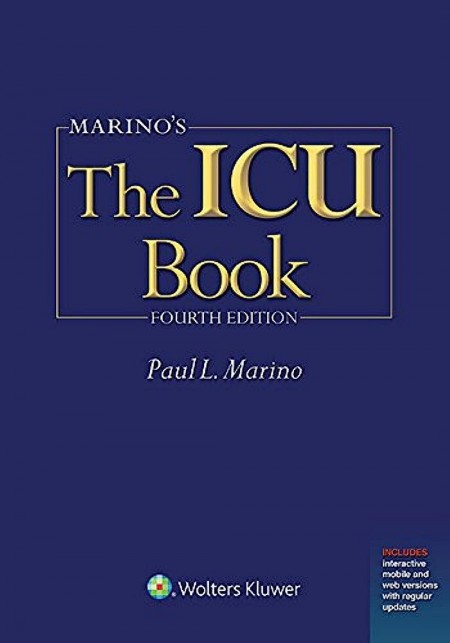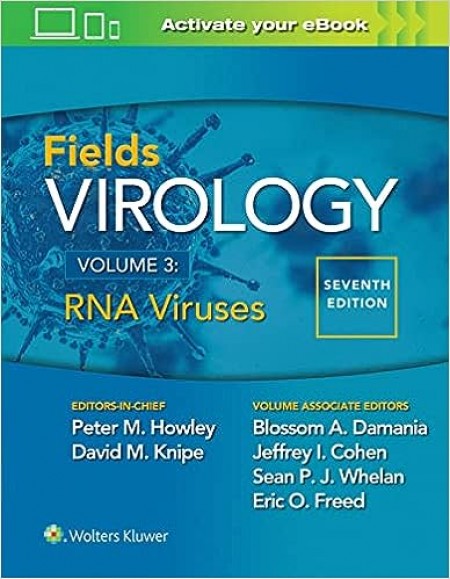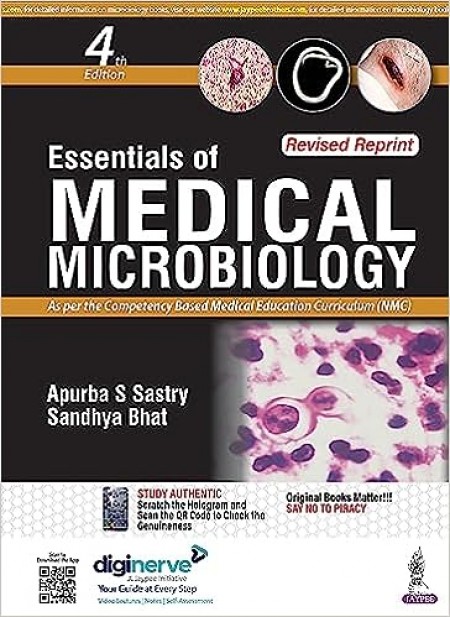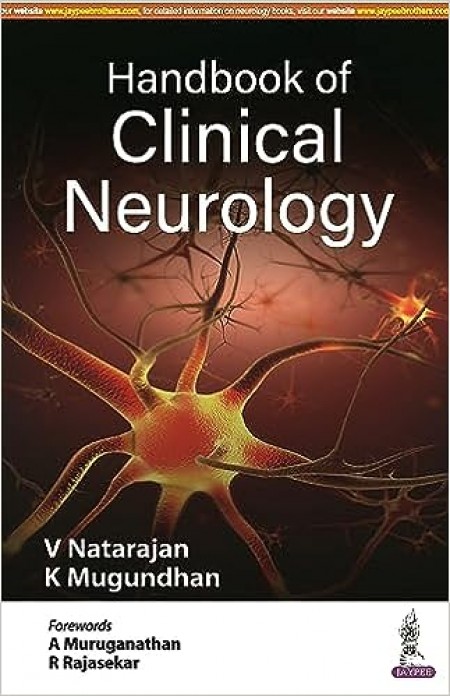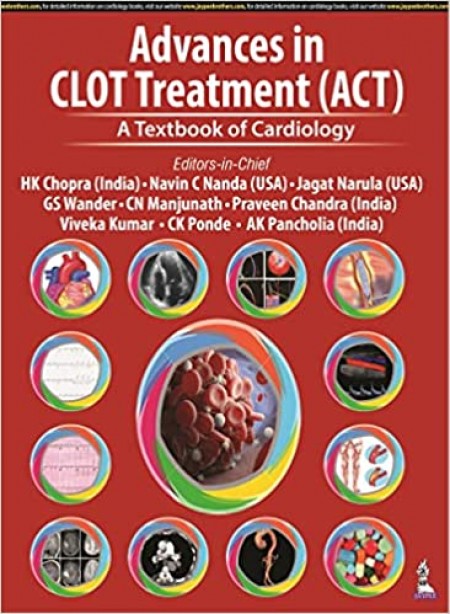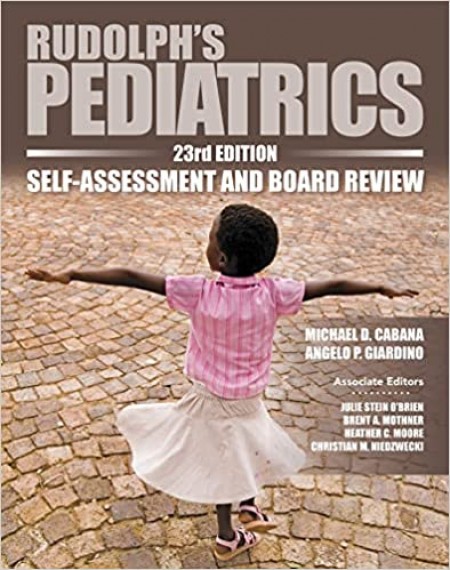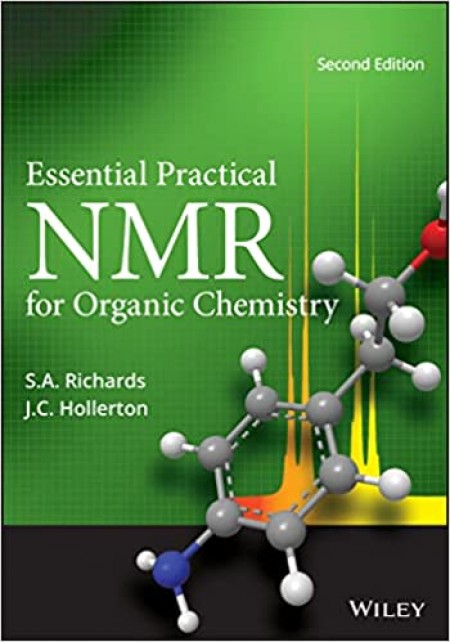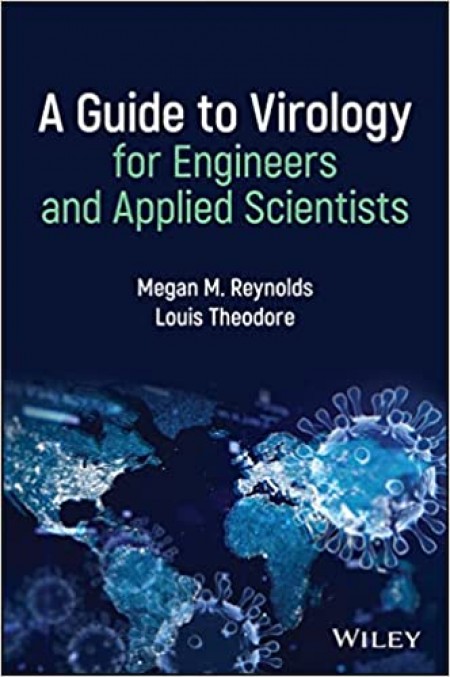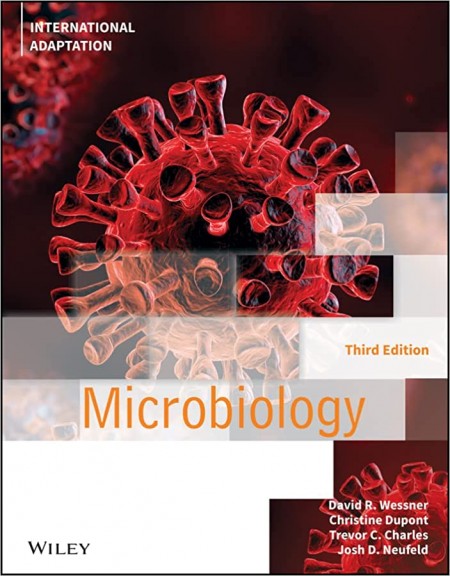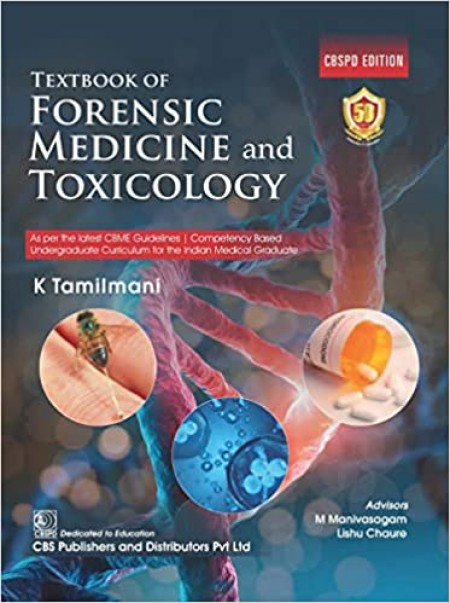Categories
-
Books (2430)
-
- Non-Fiction (402)
- Fiction (120)
- Competitive Exams (445)
- Academic Texts (185)
- Children & Young Adults (87)
- School (173)
- Self Help (93)
- Philosophy (10)
- Family & Relationships (13)
- Hobbies & Interests (5)
- Reference (72)
- Religion & Spirituality (11)
- Magazines (1)
- Medicine & Health Sciences (706)
- Textbooks & Study Guides (21)
- Biographies & Autobiographies (38)
- Literature & Fiction (26)
- Religion (13)
-
- Home & Kitchen (10)
- Bags & Luggage (18)
- FMCG - Health Monitoring Devices (0)
- Kids Footwear (0)
- Mobiles And Accessories (0)
- FMCG - Beauty (123)
- Gaming (2)
- Home Furnishing (0)
- Home Decoratives (58)
- Kids Eyewear (0)
-
Mobiles & Tablets (9)
-
- Batteries (0)
- Bluetooth Devices (0)
- Cables & Chargers (0)
- Cases & Covers (0)
- Mobile Memory Cards (0)
- Mobile Phones (0)
- Mobile Spare Parts (0)
- Power Banks (0)
- Screen Guards (0)
- Tablet Accessories (0)
- Tablets (0)
- Wearable & Smartwatches (9)
- Selfie Sticks & Accessories (0)
- Mobile Enhancements (0)
- Smartphones (0)
-
-
Toys & Games (4)
-
- Action Toys & Figures (0)
- Activity Sets (0)
- Bicycles & Tricycles (0)
- Die Cast Vehicle (0)
- Dolls & Doll Houses (0)
- Indoor & Board Games (0)
- Kids Room Decor (0)
- Party Supplies (0)
- Puzzles & Cubes (0)
- Soft Toys (0)
- Electronic Toys (4)
- Prams & Strollers (0)
- Ride On & Scooters (0)
- Musical Toys (0)
- Toys Gift Store (0)
- Educational Toys & Games (0)
- Outdoor Toys (0)
- Baby & Toddler Toys (0)
-
- Sexual Wellness (0)
- Women's Ethnic Wear (0)
-
Health & Personal Care (5)
-
- Car & Motorbike (11)
- Electronics (4)
- Clothing & Accessories (3)
cart
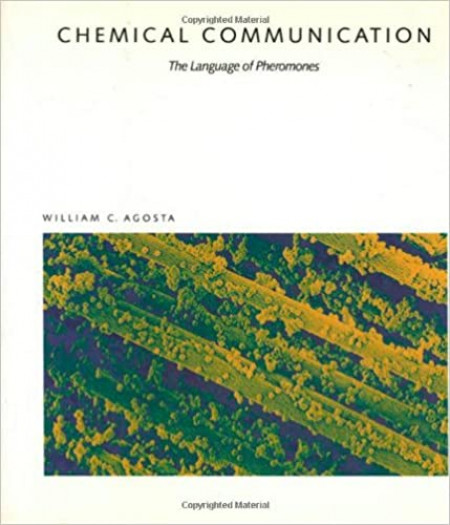

Have one to sell?
Chemical Communication: Language of Pheromones (Scientific American Library)
Available offers
Bank Offer5% Cashback on Ripino Axis Bank Card
More details
✕
"* This offer is valid until stocks last or till the offer ends. * Final Price is inclusive of the offer. * Offer is applicable on select products and brands."
Get extra 26% off (price inclusive of cashback/coupon)
More details
✕
What is the offer?
Frequently Asked Questions
What is the offer?
- 10% Instant Discount on ICICI Bank Credit Cards (including EMI transactions) on purchase of select products across sitewide categories.
What is the offer duration?
- 11th March 2023 (00:00 Hours) to 15th March 2023 (23:59 Hours)
- "* This offer is valid until stocks last or till the offer ends. * Final Price is inclusive of the offer. * Offer is applicable on select products and brands."
- "* This offer is valid until stocks last or till the offer ends. * Final Price is inclusive of the offer. * Offer is applicable on select products and brands."
- "* This offer is valid until stocks last or till the offer ends. * Final Price is inclusive of the offer. * Offer is applicable on select products and brands."
Publisher: Scientific American Library
Language: english
Publication date: Thu Jan 1970
Pages: 180
ISBN: 9780716750369

7 days

Cash on delivery

Ripino Delivered

100% Purchase Protection
Original Products, Secure Payments




